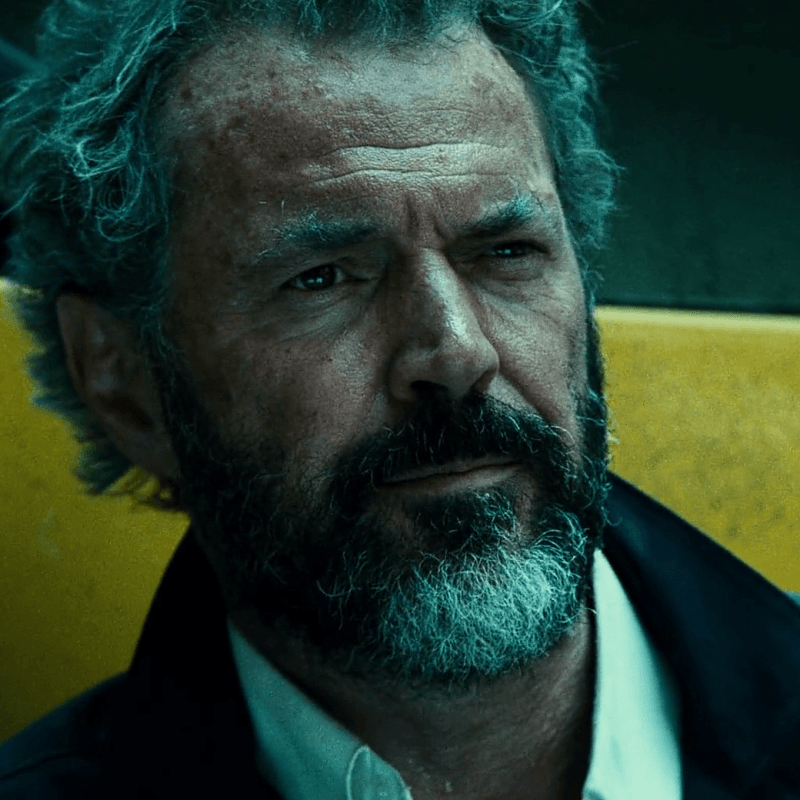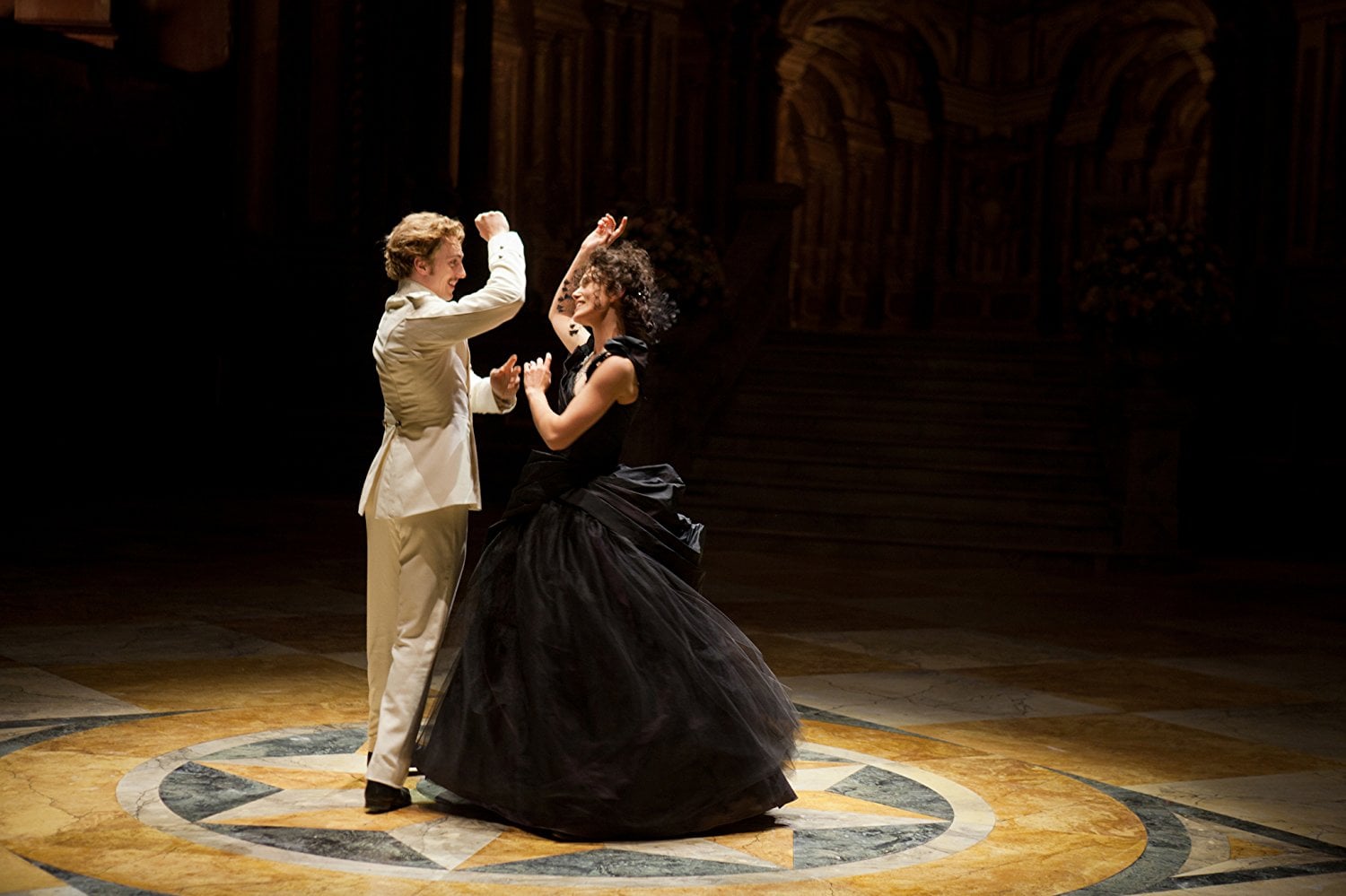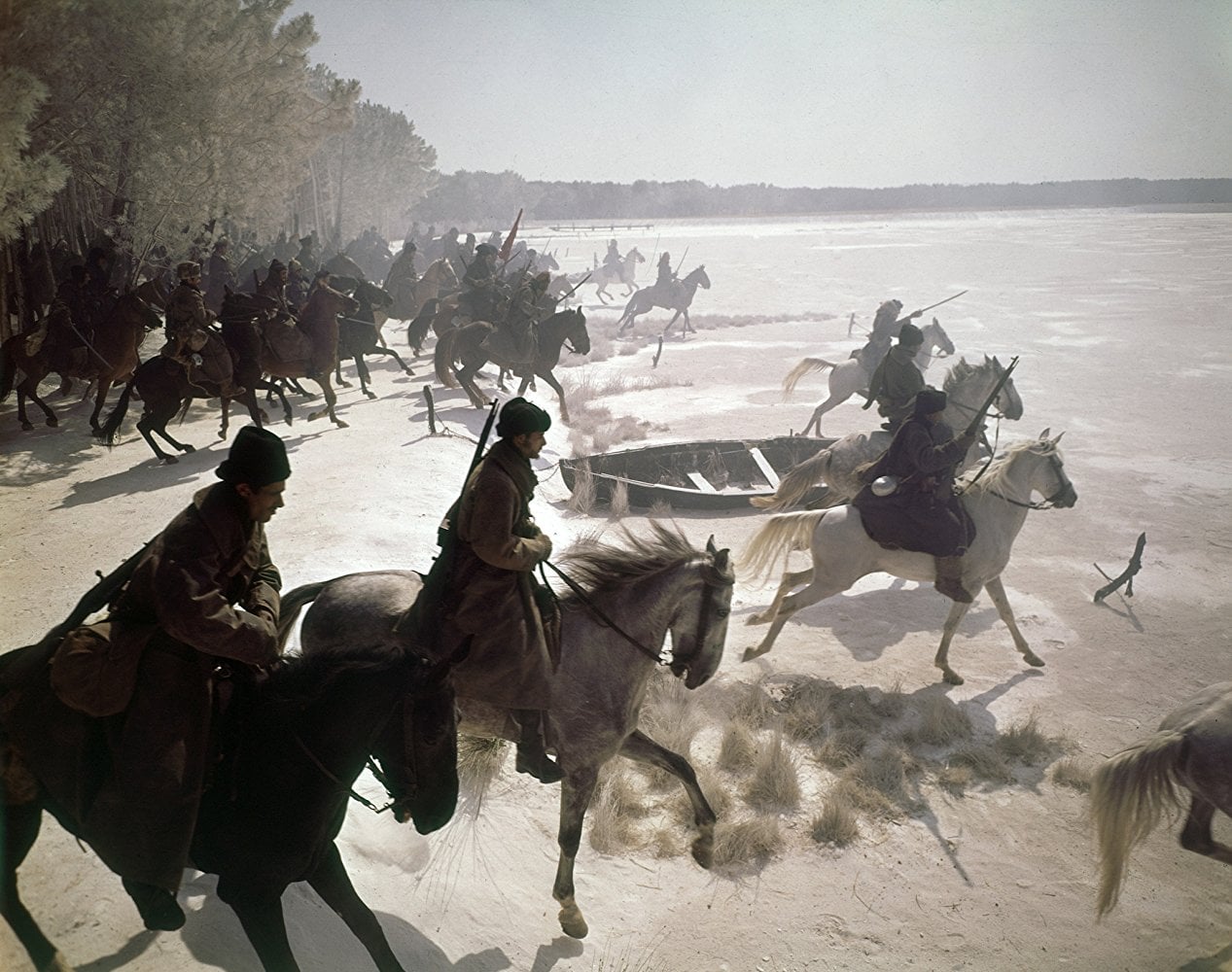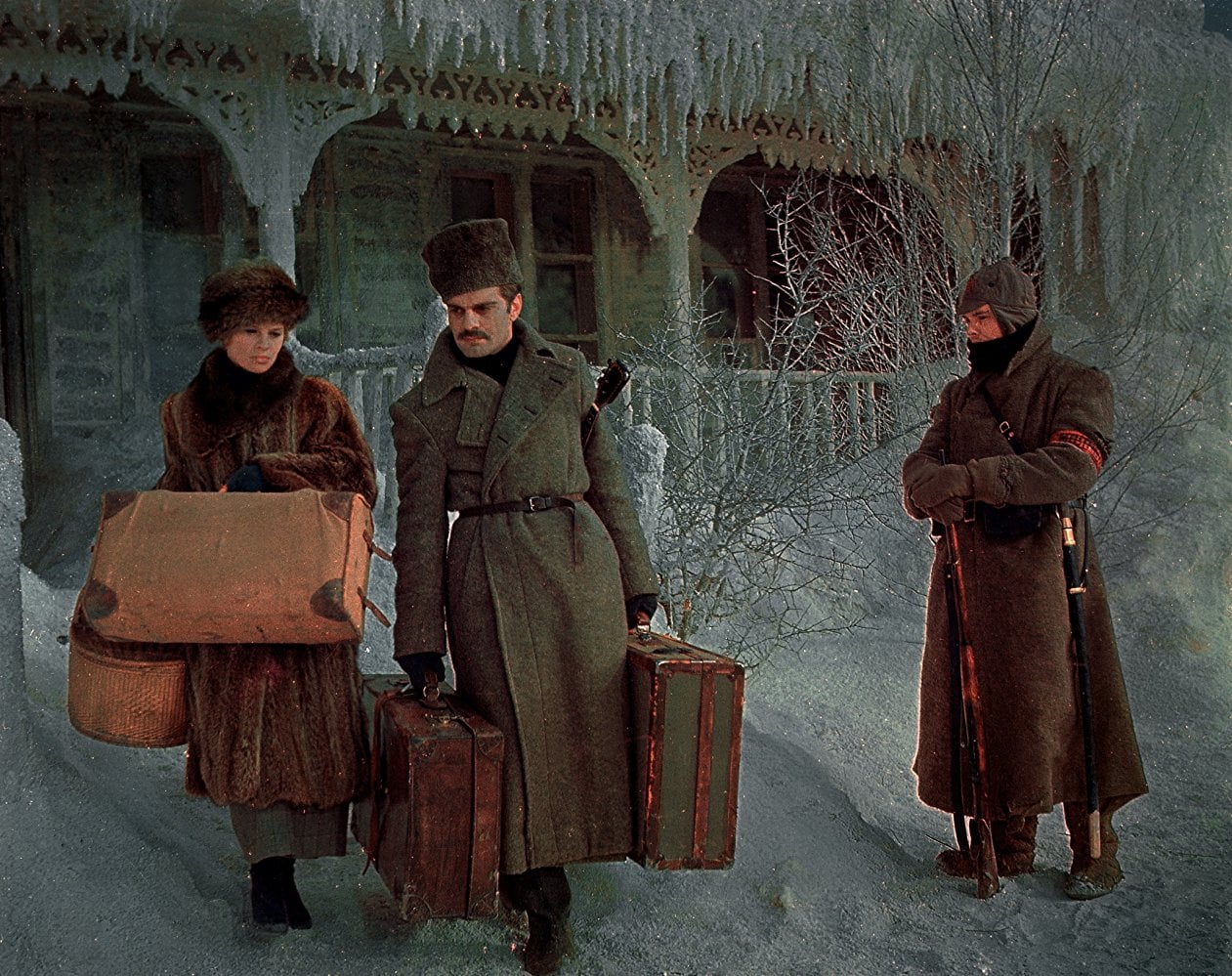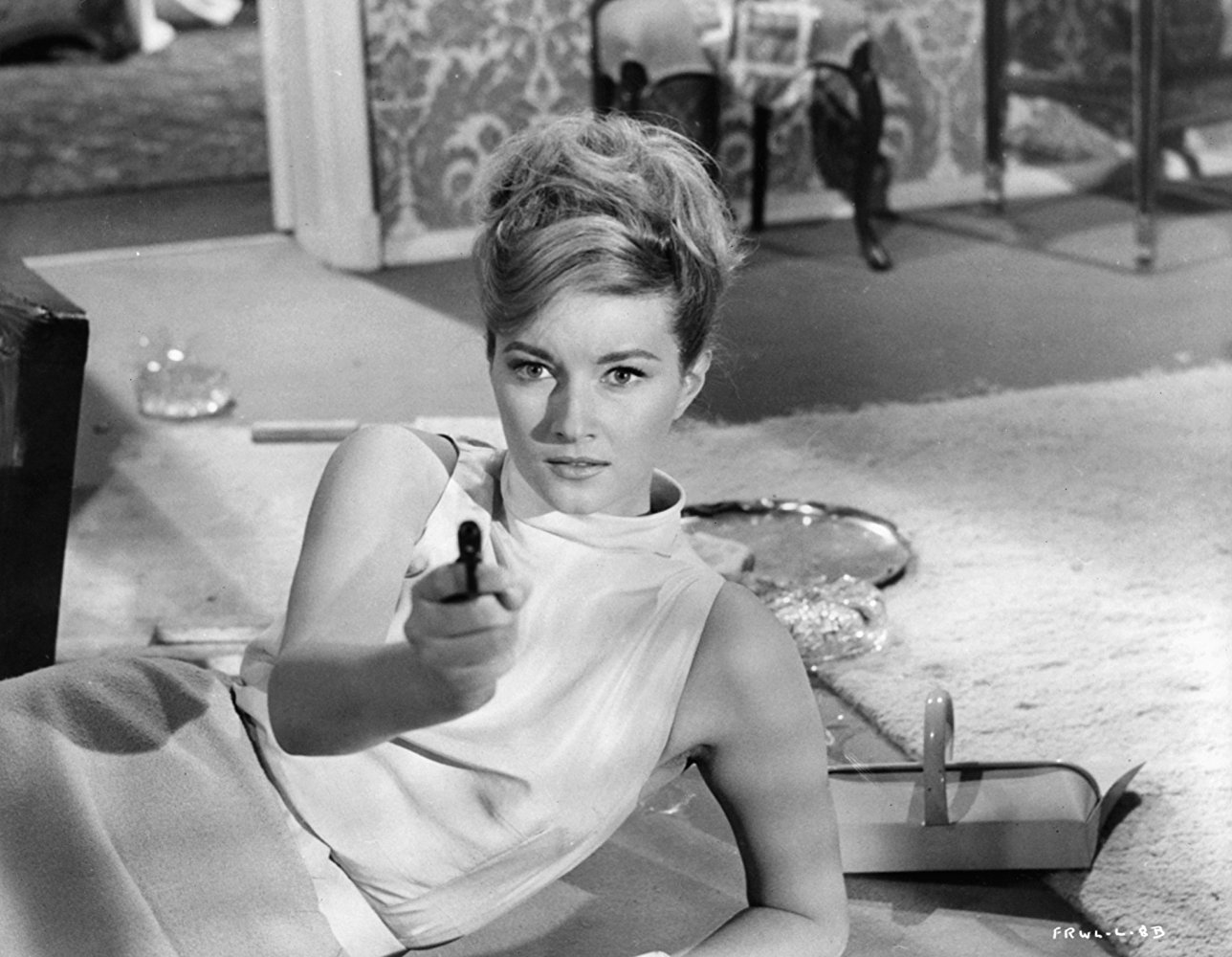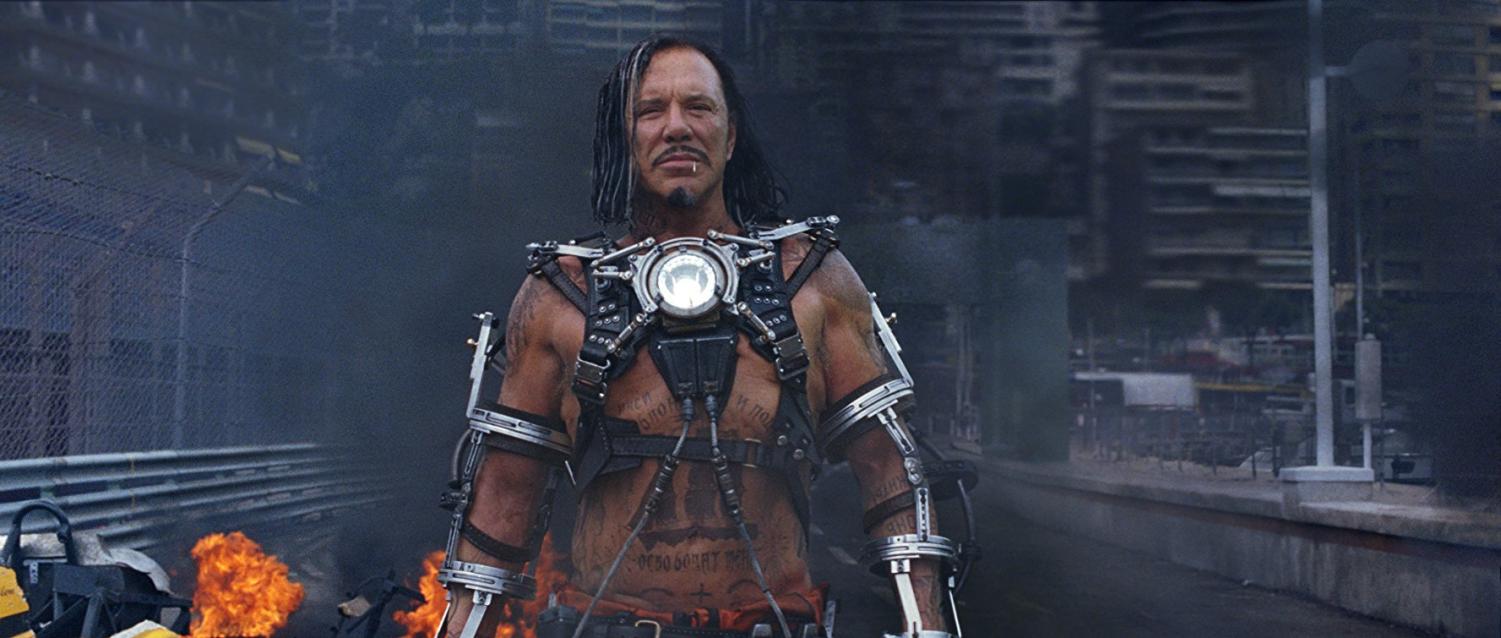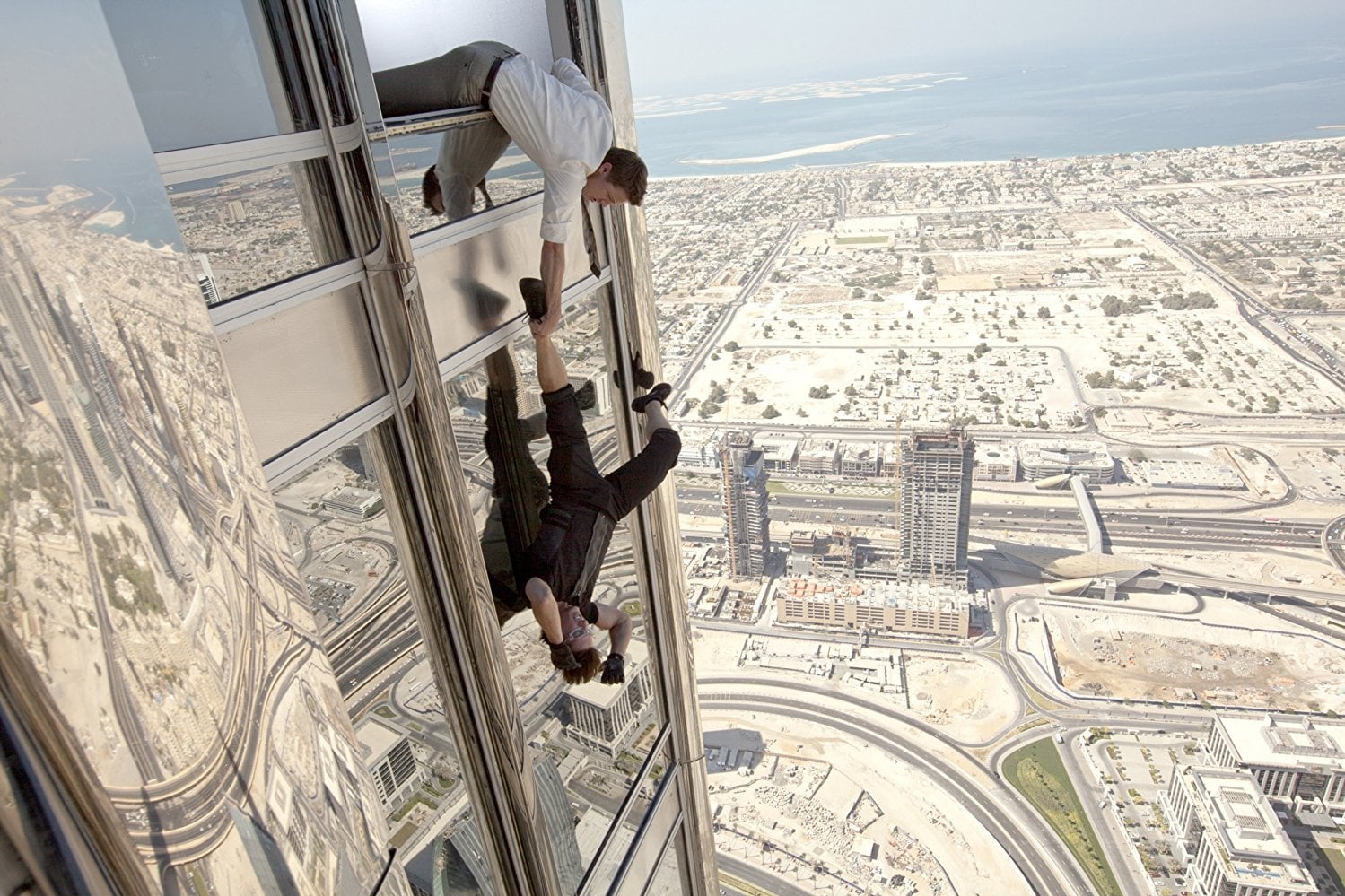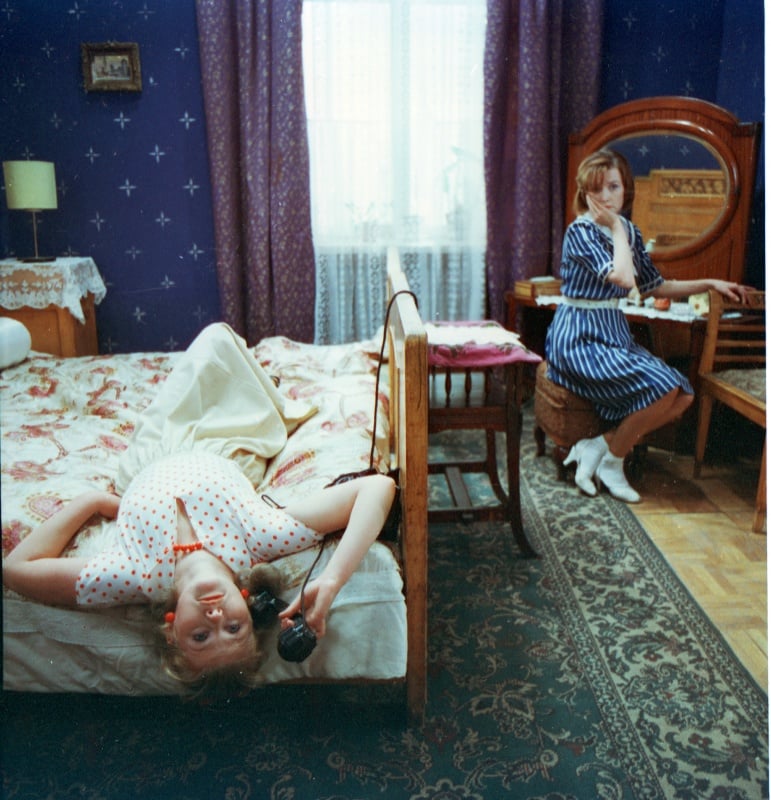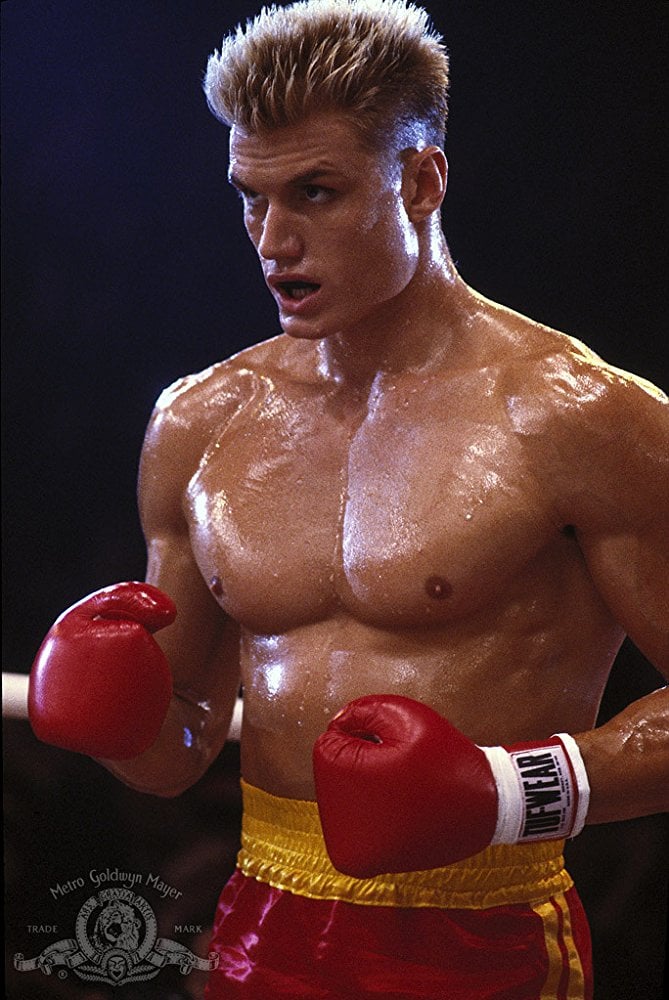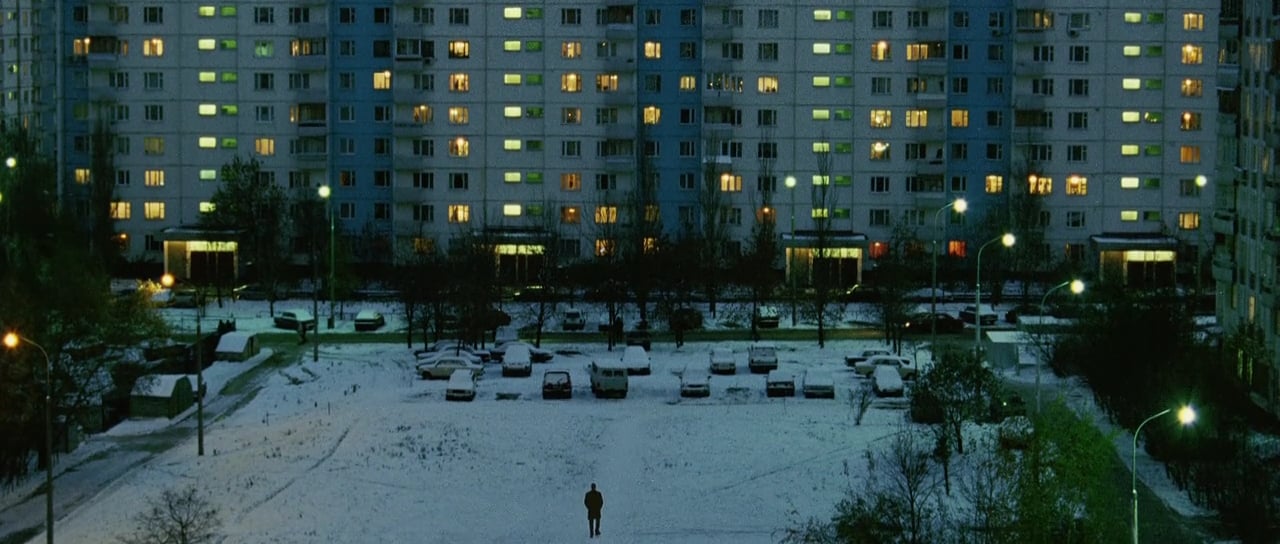She has a thick accent, she is vulgarly dressed, and she runs a brothel on the second floor of a bar. Most of her girlfriends are in active search of old rich guys who will fall for their beauty. She has skeletons in her closet, and she can easily kick anybody’s ass. On top of everything else, she is smart and sexy. Let mу introduce you to Svetlana– a character already familiar to anyone who’s watching a popular Chicago-based TV show “Shameless.”
One important thing that I left out– she is Russian. And, apparently, she’s not the only Russian villain in an American movie.
The list of Russian villains, mobsters and just quite questionable characters in American film industry in the recent years is impressive. If you’re a movie buff, most of these names are already well known to you: Ivan Drago in “Rocky IV” (1985), Natasha Chenkov played by Angelina Jolie in “Salt” (2010), Ivan “Whiplash” Vanko in “Iron Man 2” (2010), and Yuri Komarov in “A Good Day to Die Hard” (2013) just to name a few.
The tradition of portraying Russians as “the bad guys” has a long history. It goes back to the Cold War times, and now, when a new term “the Cool War” has been introduced, the tendency continues. Robert Garfield, a DePaul history professor, supports the idea that the trend never actually ended. “If you go back to the ‘30s, Russians then were always portrayed as brilliant,” he said, “they could be brilliant scientists or brilliant sinister gangsters. But you always had these mysterious Russians with heavy accents.”
Garfield makes a connection between the historical reality and the way different nationalities are depicted in the movies. For instance, during World War II there were good Russians, since the U.S. and U.S.S.R. were allies, and during the Cold War there were bad, communist Russians, or to be more accurate – Soviets.
“It’s true that there’s a thread running through the film industry that if you were looking for a bad guy, the Russian prototype was relatively easy to be built in,” – stated Richard Farkas, a political science professor at DePaul. However, no matter the fact that Russians are often portrayed stereotypically, Farkas says that from social science perspective stereotypes are always half true.
But is it the only nation that is so fiercely fought against by Americans in the movies? Let’s travel back in time and see for ourselves.
Before Russians it was the Italian Mafia that did all the dirty work in the American movies, during World War II the Japanese were the bad guys, and before them it was Germans in World War I. Garfield believes that finding and fighting against “the other” is part of American DNA. “One thing you find in American history, politically and also in terms of culture, is that there’s always a bad guy, there’s always “an other” that Americans measure themselves against,” he said, “Americans always had some group that they were either mad at or afraid of. Or both.”
A bit more than 200 years ago the bad guys were the British, in the early 19th century – the French, in the late 19th century – the Spanish, either from Spain or from Americas, in the beginning of the 20th century – the Germans.
Christopher Merbler, a graduate student majoring in directing in cinema production, disapproves of the existing order. “Unfortunately we get into casting certain people for certain types of roles,” he said, “it’s definitely not the right thing to do. Unfortunately we have gotten into the cases where you do have the same nationality, the same race portrayed in the same way.”
“If there’s a failing, it’s with new filmmakers that found it convenient to fall into the old pattern. I think younger filmmakers should be more sophisticated about these sorts of things,” Farkas said. However, he believes that things have the potential to change.
What is happening is that when filmmakers are following the same pattern of presenting a particular nation stereotypically, they are facilitating the process of watching for the audience. They are not asking moviegoers to think. Heard a Russian thick accent? That’s the villain!
One of the problems of the present filmmaking industry derives from its basic principle – it’s there to entertain, not educate or enlighten. “The filmmakers are trying to sell the tickets, and one of many ways to do that is to pander to the beliefs and the prejudices before the viewers ever show up in the theatre,” Garfield said.
His idea correlates with the scientific point of view. “What political science is saying about the media in general is that Americans gravitate to things that reinforce the ideas they already have,” stated Farkas. It seems that it’s a fair point regarding any other nation as well.
Merbler, one of the future filmmakers who Farkas believes may bring changes to the industry, says that breaking the existing pattern will only help the field: “It’s important moving forward, (it’s important) that filmmakers do bring change, and that we can have an open mind and show bad guys of all nationalities, and all races, and it would definitely bring more diversity to the film industry.”
Who can be the new Russians? It seems that we just need to follow the news to get an answer. Garfield assumes that it can be the Chinese or the North Koreans depending on the future developments. Or Russians might keep their place if the relationships stay as bad as they are.
Fair enough, people are going to the movies to be entertained, to escape from everyday life. They have certain expectations, and the better the filmmakers fulfill them, the more money their movies will bring. And in pursuit of it, producers and directors are ready to follow the trend instead of creating a new one. Looks like aspiring filmmakers have something to think about.



